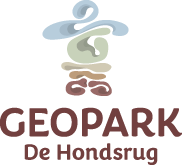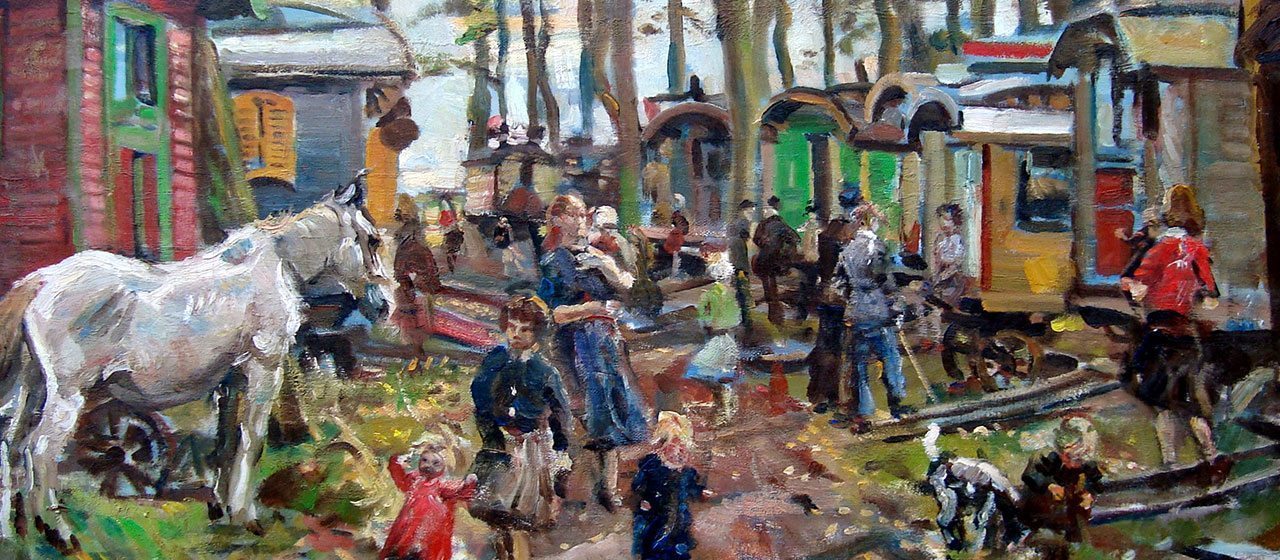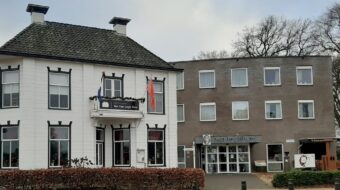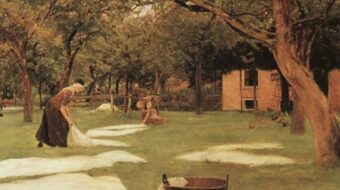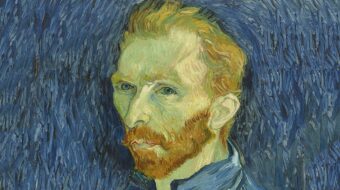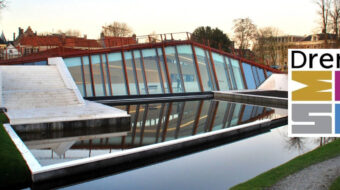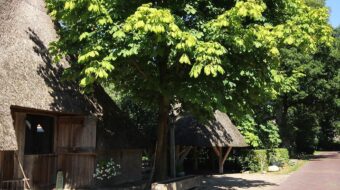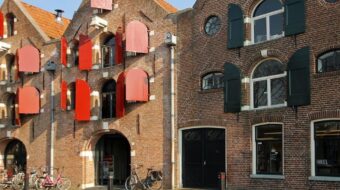Van Gogh and other artists working in Drenthe
For the last 250 years the Hondsrug has been a source of inspiration for many artists. What they were looking for depended on the time when they lived, but the unique and often desolate natural landscape and atmosphere was always the most important element and source of inspiration.
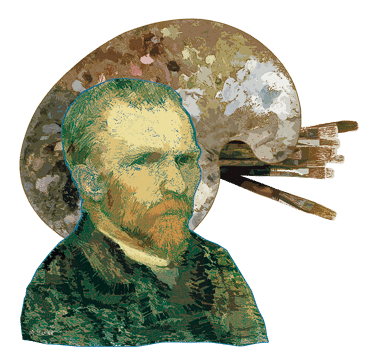
The first Wave – The wall-paper painters of the 18th Century
From 1772 artists hiked here with a sketch-book; later they came fully equipped with a collapsible easel, a folding stool, a parasol or umbrella, and a paint-box containing all the colours they needed to capture the essence of nature and the precise fall of light. Egbert van Drielst, a well-known wall-paper painter, frequently visited the picturesque town of Eext on the Hondsrug, and following him other artists sojourned here to record this relatively remote and, in their opinion, unspoilt place.
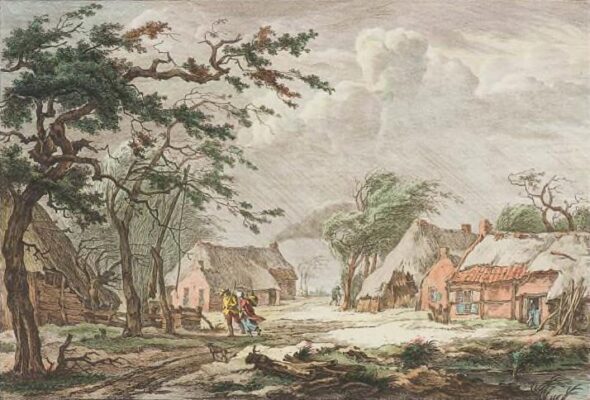
19th Century Romanticism – into the Country
From approximately 1850 onwards, it became fashionable for painters to move to the ‘unspoilt’ countryside and seek inspiration there. The romantic painters abhorred the cities with their industry, poverty and pollution; the poor factory workers and the suffocating class society. Painters like Van Gogh saw the Drenthe landscape as pure and ‘vierge’ – virgin, and artists from all around flocked to the Hondsrug to record all aspects of this virgin area. Hundreds have visited here and left a valuable range of impressions of their experiences.
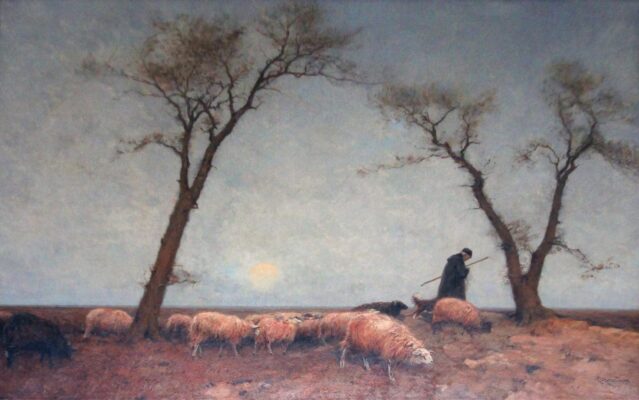
Working with Nature – after 1969
Recording nature and landscape in all its facets is already a challenge for artists, but after 1969 a new way of working with nature originated. Following the famous exhibition ‘Sonsbeek buiten de Perken’, when artwork was produced outside the confines of a museum, Robert Smithson created the ‘Land Art’ near Emmen. For the work ‘Broken Circle, Spiral Hill’ the artist used nature and its products as a canvas to create his artwork. Many artists followed his example, both in the Hondsrug and elsewhere. Elsewhere along the Hondsrug modern land art forms can be discovered, like the ‘Gebroken Cirkel’ near Yde, commemorating the find of the ‘Girl of Yde’ (bog interment).
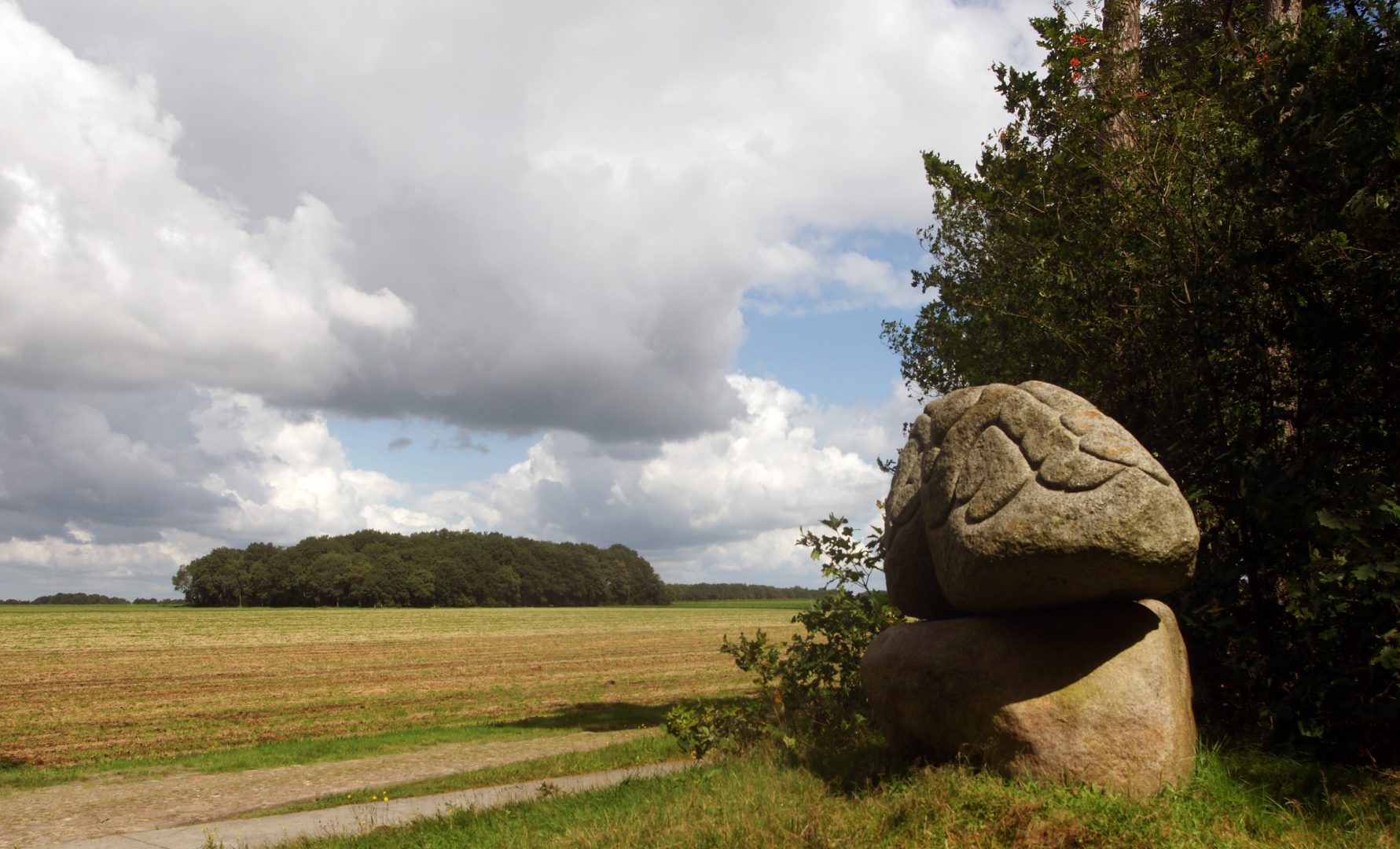
Literature
In spite of its desolate and wild (originally) character, the Hondsrug scenery has not inspired great works of literature like Emily Brontë’s Wuthering Heights. The only nationally known works are Berend Botje (children’s song) and the historic novel of Bartje. Perhaps Cuby and the Blizzards with their album Groeten uit Grollo are the most well-known expedients of deeply felt emotions inspired by the Drenthe way of life. The book Zien broed verloren (The lost bride) by Harm Tiesing (1902) has similarities with the works of Thomas Hardy but it never gained much attendance outside Drenthe.
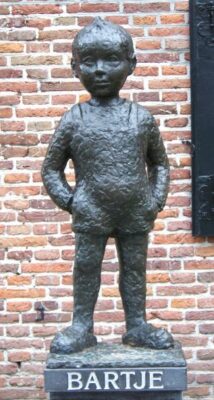
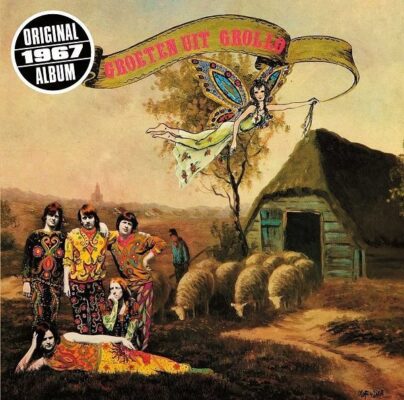
The Van Gogh House in Veenoord is a good place to start exploring the art trail in Drenthe.
